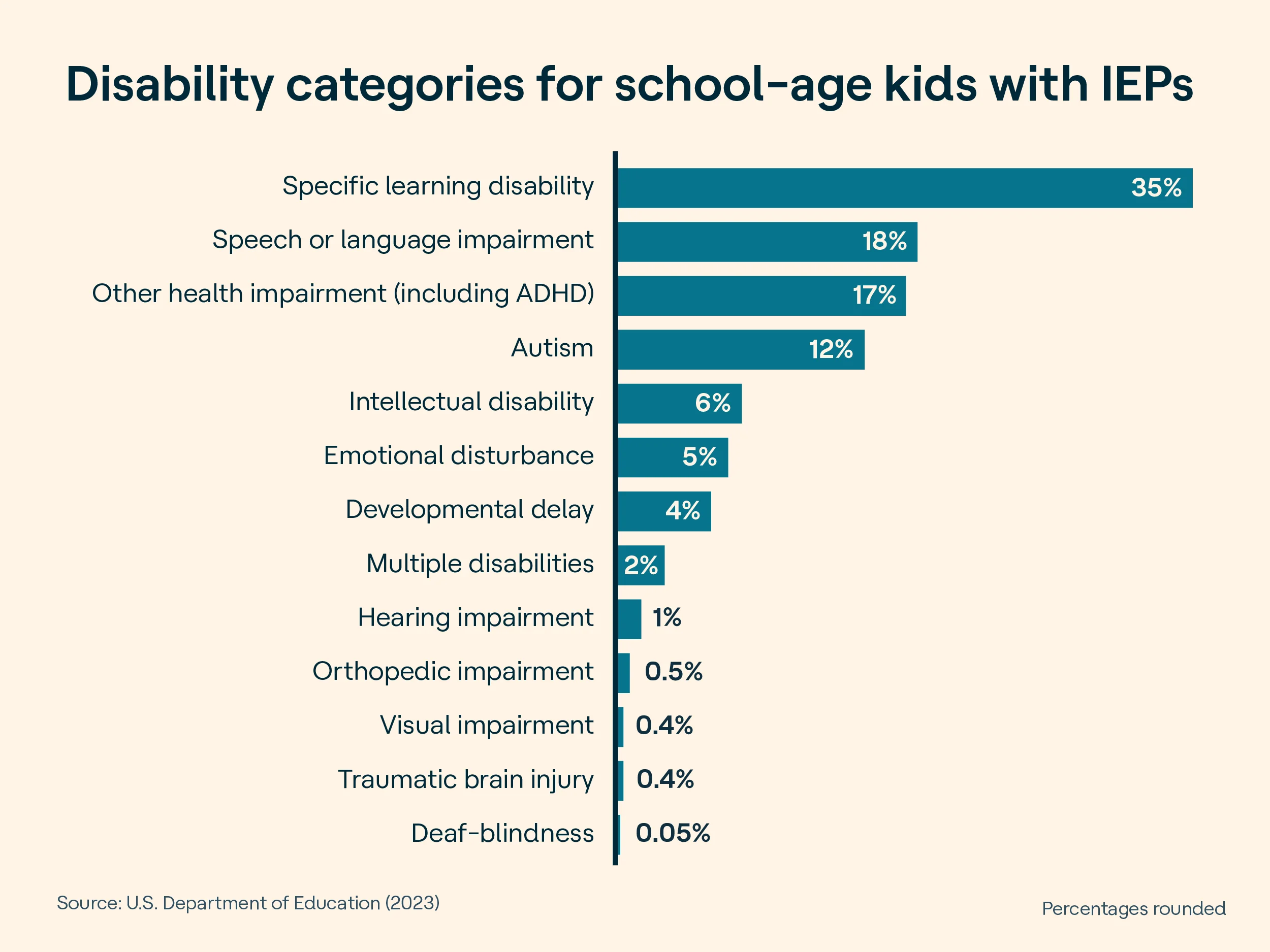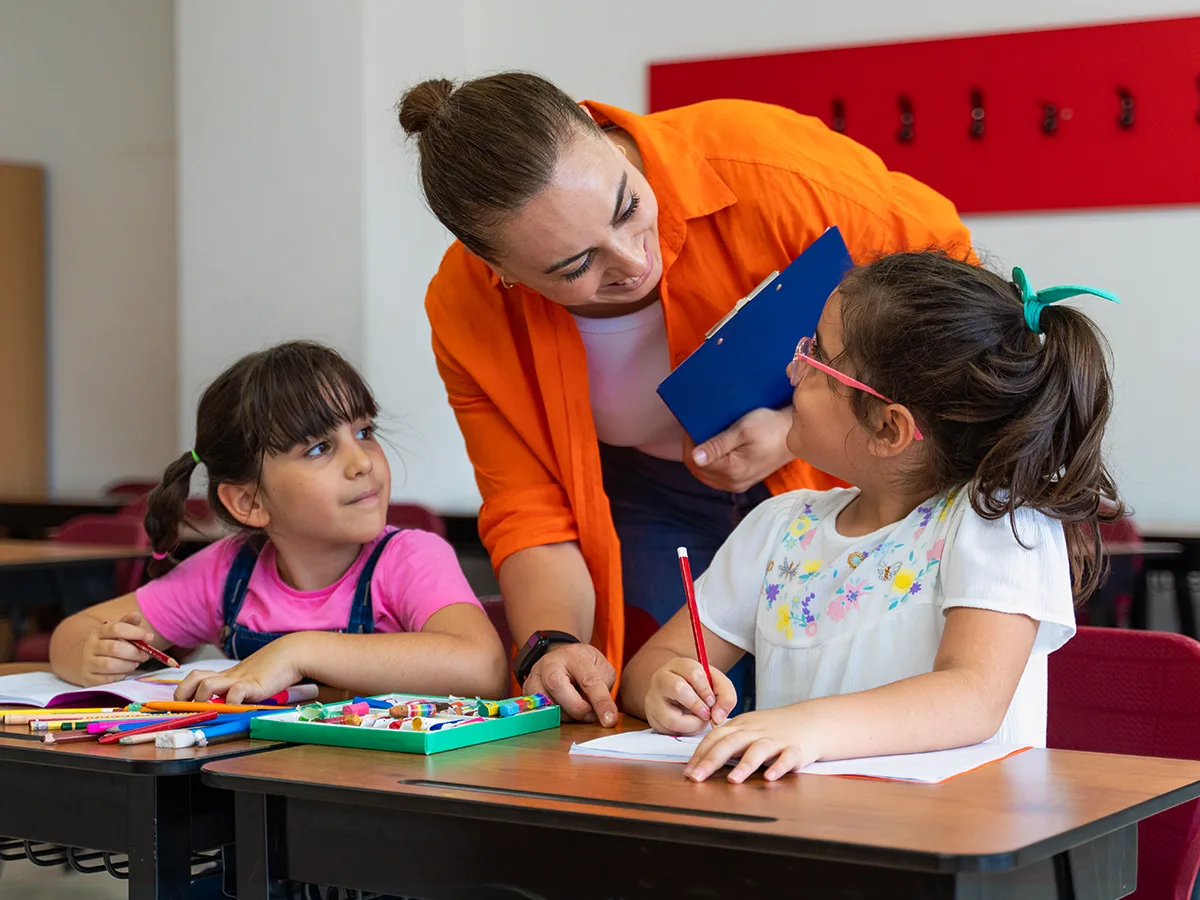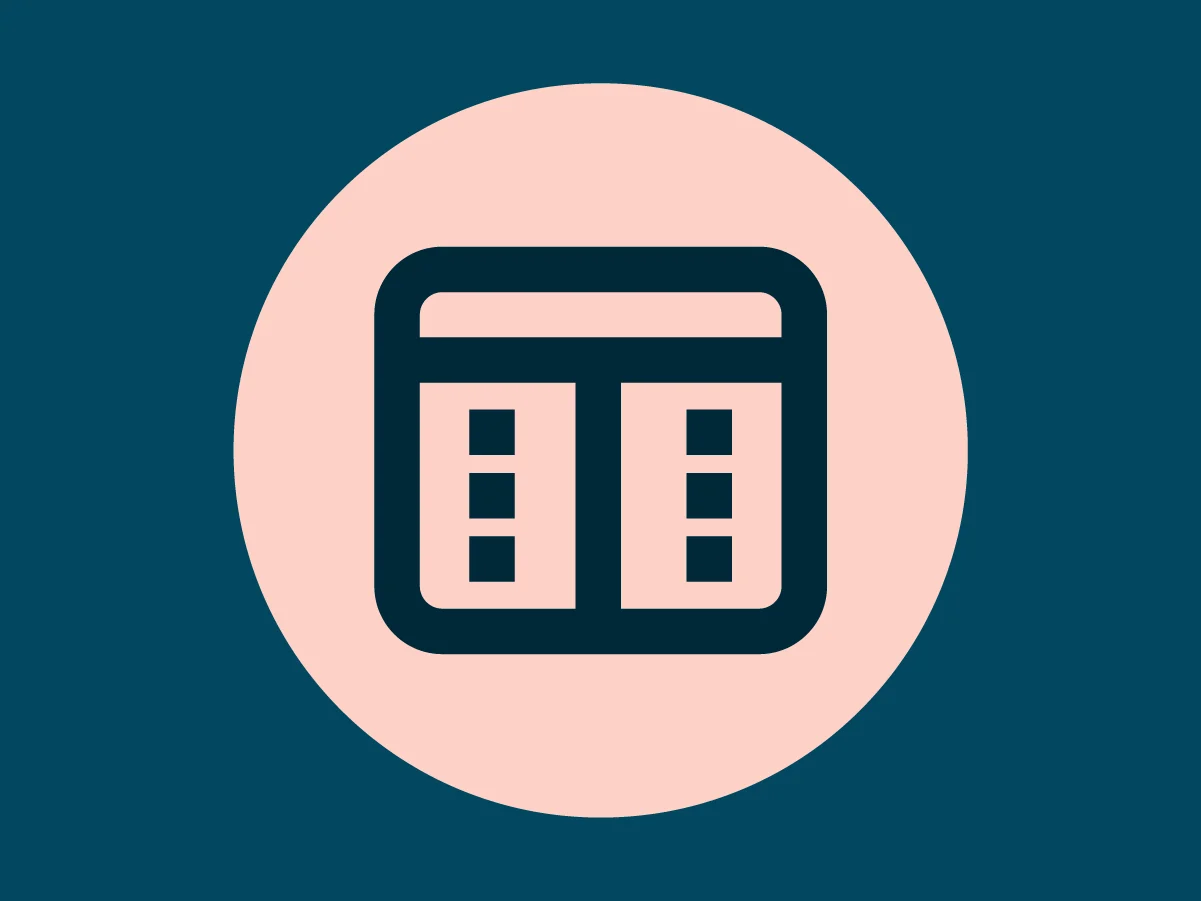The 13 disability categories under IDEA
How do kids qualify for special education? Learn about the 13 disability categories and other important details about Individualized Education Programs (IEPs).
What are the 13 disability categories in ? And why do they matter?
To qualify for services, kids need to have a disability that impacts their schooling. The Individuals with Disabilities Education Act (IDEA) groups disabilities into 13 categories. But this doesn’t mean the law only covers 13 disabilities. Some of the categories cover a wide range of challenges.
To get an Individualized Education Program (IEP), kids need to meet the requirements for at least one category. Keep reading to learn about the 13 disability categories and why all of them require finding that the disability “adversely affects” a child’s education.

1. Specific learning disability (SLD)
This category covers a wide range of learning challenges. These include differences that make it hard to read, write, listen, speak, reason, or do math. Here are some common examples of specific learning disabilities (SLD):
Written expression disorder (you may also hear this referred to as dysgraphia)
This is by far the most common category in special education. The numbers vary a bit from year to year. But students with learning disabilities tend to make up about a third of all students who have IEPs. In the 2020–21 school year, around 35 percent of students who had IEPs qualified under this category.
2. Speech or language impairment
This is the second most common category in special education. A lot of kids have IEPs for speech impediments. Common examples include lisping and stuttering.
Language disorders can be covered in this category too. Or they can be covered in the learning disability category. These disorders make it hard for kids to understand words or express themselves.
3. Other health impairment
This is another commonly used category. It covers a wide range of conditions that may limit a child’s strength, energy, or alertness. One example is ADHD. Many kids who qualify for an IEP under this category have attention deficits.
Other examples in this category include epilepsy, sickle cell anemia, and Tourette syndrome.
4. Autism spectrum disorder (ASD)
ASD is a common developmental disability. It affects social and communication skills. It can also impact behavior.
5. Intellectual disability
This category covers below-average intellectual ability. Kids with Down syndrome often qualify for special education under this category.
6. Emotional disturbance
This category covers mental health issues. Examples include anxiety disorder, bipolar disorder, and oppositional defiant disorder. (Some emotional or conduct disorders may also be covered under “other health impairment.”)
7. Developmental delay
This category can be used for young kids who are late in meeting developmental milestones like walking and talking.
Different states have different rules about this category. It’s also the only category in IDEA that has an age limit. It can’t be used after age 9.
8. Multiple disabilities
Many kids have more than one disability, such as ADHD and autism. But this category is only used when the combination of disabilities requires a highly specialized approach, such as intellectual disability and blindness.
9. Hearing impairment, including deafness
This category includes a range of hearing issues that can be permanent or that can change over time. (This category does not include auditory processing disorder, which is considered a learning disability.)
10. Orthopedic impairment
This category covers issues with bones, joints, and muscles. One example is cerebral palsy.
11. Visual impairment, including blindness
This category covers a range of vision problems, including partial sight and blindness. But if eyewear can correct a vision problem, then a child wouldn’t qualify for special education under this category.
12. Traumatic brain injury
This category covers brain injuries that happen at some point after a child is born. These can be caused by things like being shaken as a baby or hitting your head in an accident.
13. Deaf-blindness
This category covers kids with severe hearing and vision loss. Their communication challenges are so unique that programs for just the deaf or blind can’t meet their needs.
What “adversely affects” means
Kids need to have a disability to qualify for special education. But IDEA says schools must also find that the disability “adversely affects” a child’s performance in school. This means it has to have a negative impact on how the student is doing in school.
Learn how schools decide if a child is eligible for special education.
What “primary disability category” means
When kids have more than one disability, it’s a good idea to include all of them in the IEP. This can help get the right services and supports in place.
But the IEP will likely need to list a primary disability category. This is mainly for data-tracking reasons and will not limit the amount or type of services a child receives.
Differences from state to state
Depending on where you live, your state may have more than 13 disability categories. For example, some states may split hearing impairment and deafness into two categories.
In most states, a child’s disability category is listed in their IEP. Iowa is the only state that doesn’t do this. (But it still keeps track of disability categories and reports this data to the federal government.)
To learn more about the categories in your state, contact a Parent Training and Information Center. They’re free and there’s at least one in every state.




